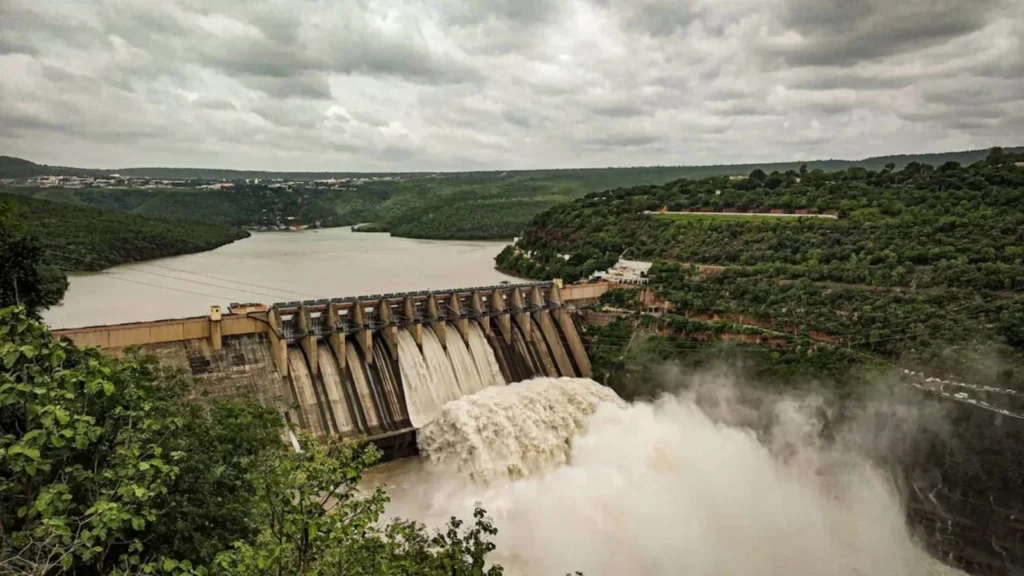World’s largest hydropower project raises water, security, and ecological concerns

New Delhi, July 22, 2025 – China has broken ground on a massive $170 billion dam project on the Yarlung Zangbo River in Tibet, near Arunachal Pradesh. The move has triggered fresh security and environmental concerns for India. The dam uses a five-station cascade system to maximize energy output. It will generate 300 billion kilowatt hours of electricity annually, making it the largest hydropower project in the world. India’s strategic community and policymakers are watching closely, alarmed by potential downstream impacts on the Brahmaputra basin. China’s $170 billion dam and the Yarlung Zangbo hydropower project have sharpened focus on transboundary river governance.
The dam is under construction in Medog County, near the Great Bend of the river. This is just before it flows into Arunachal Pradesh. India refers to this section as the Siang River, which becomes the Brahmaputra in Assam. India and China do not have a formal water-sharing agreement. As a result, Indian officials fear China’s unilateral control over the river’s flow. They worry it could trigger water scarcity, droughts, or flash floods in downstream areas. The $170 billion Chinese dam near Arunachal Pradesh has made Indian environmentalists and security analysts wary. Many warn of a potential “water bomb” scenario.
India has voiced its concerns through diplomatic channels and is now accelerating its own countermeasures. These include reviving the proposed Upper Siang Multipurpose Storage Project in Arunachal Pradesh. This project is expected to regulate water inflows and serve as a strategic buffer.
Speaking on the matter, Assam Chief Minister Himanta Biswa Sarma said there’s no immediate panic. However, he warned that the long-term impact of China’s dam on India’s northeast cannot be ignored. “We must be scientifically prepared,” he said, emphasizing the need for central coordination.
Meanwhile, China has defended the dam project as an internal matter. It claims the goal is to reduce carbon emissions and meet domestic energy needs. However, Indian experts argue the ecological cost could be severe. The Yarlung Zangbo river basin lies in a fragile Himalayan ecosystem. Major alterations in flow or sediment load could affect agriculture, biodiversity, and flood cycles in Assam and Bangladesh. The Yarlung Zangbo dam’s $170 billion price tag and megascale ambitions do little to calm fears about unchecked upstream activity.
International analysts are also paying attention. Bangladesh, another riparian nation, has expressed unease about future water flow disruptions. Furthermore, some experts believe this may be part of Beijing’s broader strategy to establish hydro-hegemony in the region. They see large dams as dual-use infrastructure—both energy assets and geopolitical tools. India, in response, is engaging multilaterally with Bhutan and Bangladesh on integrated water governance mechanisms.
The $170 billion dam on the Yarlung Zangbo, despite its potential as a green energy milestone, has triggered diplomatic friction and revived calls for a treaty-based transboundary water framework between India and China. With tensions already high along the Line of Actual Control (LAC), any perceived threat to water security adds another layer to the complex India-China relationship.
Source
